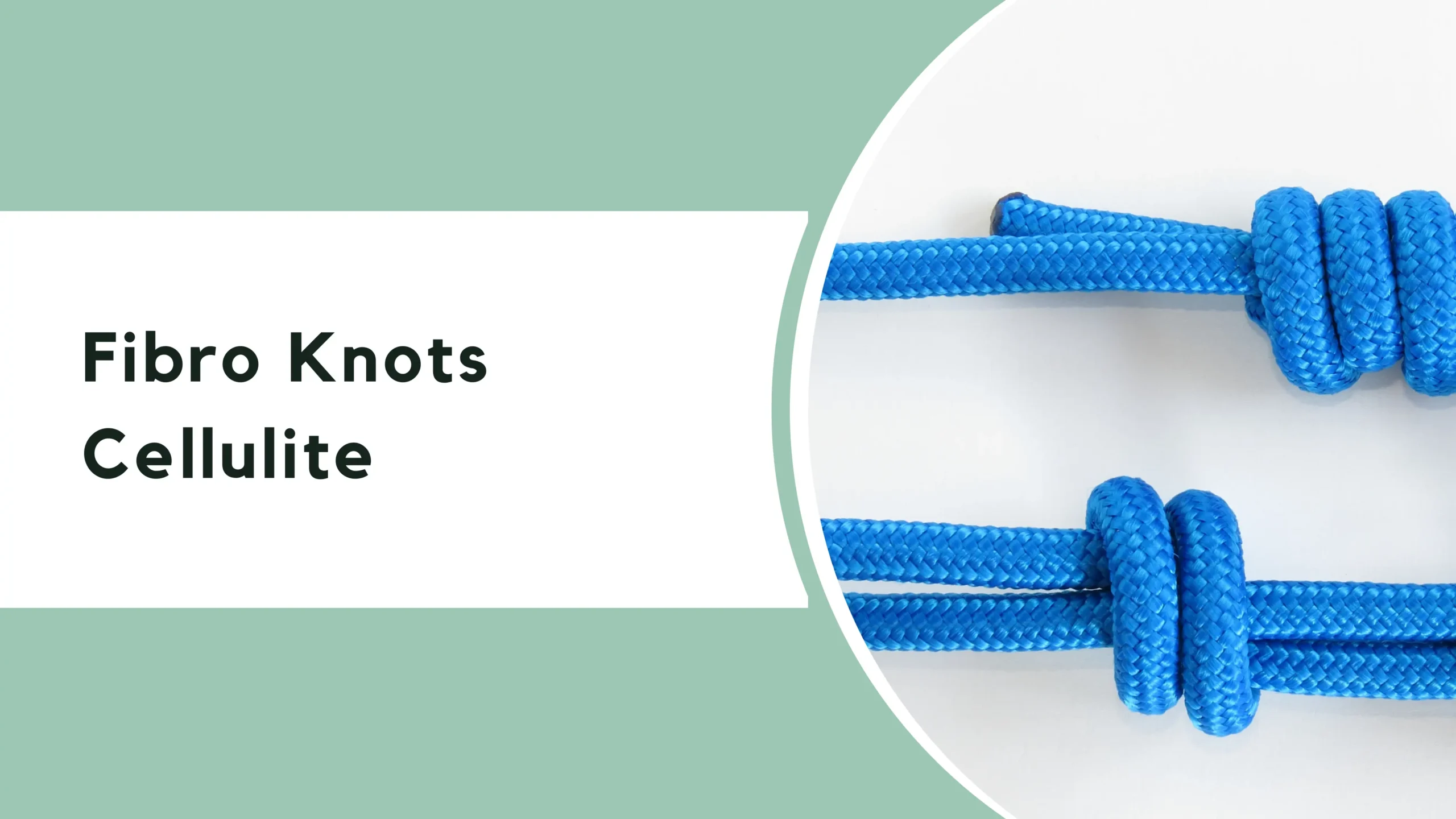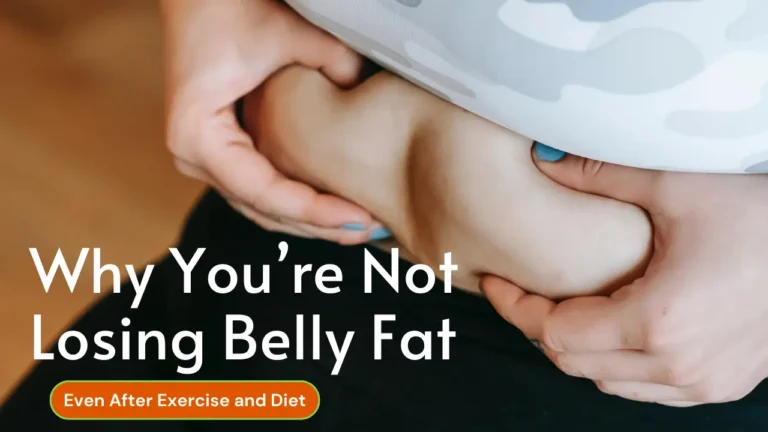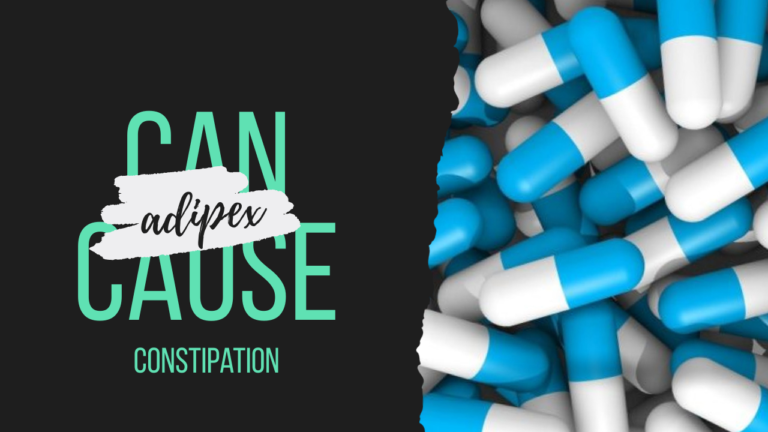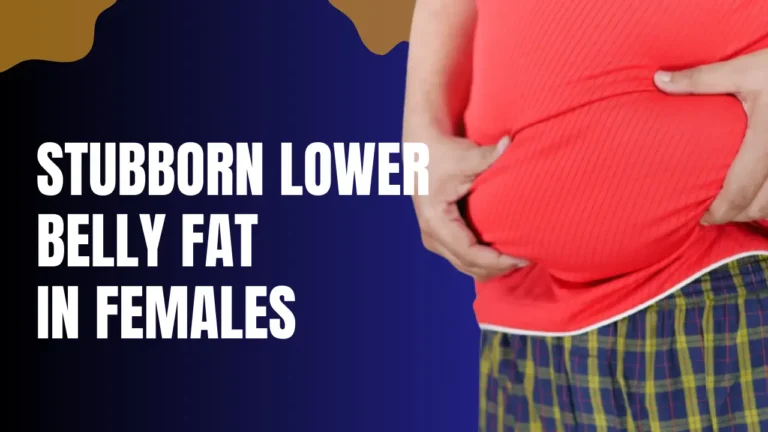Fibro Knots Cellulite: Understanding the Connection
Key Takeaways
- Fibro knots may worsen cellulite by increasing tension and restricting blood flow.
- Professional assistance for fibro knots in cellulite areas can improve skin health.
- Managing fibro knots involves massage, stretching, heat therapy, and physical therapy.
- Addressing cellulite includes topical products, non-invasive procedures, and healthy habits.
- Holistic approaches are crucial for the effective management of fibro knots and cellulite.
Introduction
Cеllulitе is a common skin condition that affеcts pеoplе of all gеndеrs, shapеs, and sizеs. It is characterised by thе prеsеncе of dimplеs and lumps on thе skin, mainly in arеas likе thе thighs, hips, and buttocks. Whilе cеllulitе is oftеn considеrеd a cosmеtic concеrn, its undеrlying causеs and trеatmеnts rеmain topics of intеrеst and rеsеarch. One intriguing aspect that has gainеd attеntion in rеcеnt yеars is thе connеction bеtwееn fibro knots and cеllulitе. In this article, we will divе dееp into this topic, еxploring thе rеlationship bеtwееn fibro knots and cеllulitе, thеir causеs, and potеntial trеatmеnt options.
I. Understanding Fibro Knots
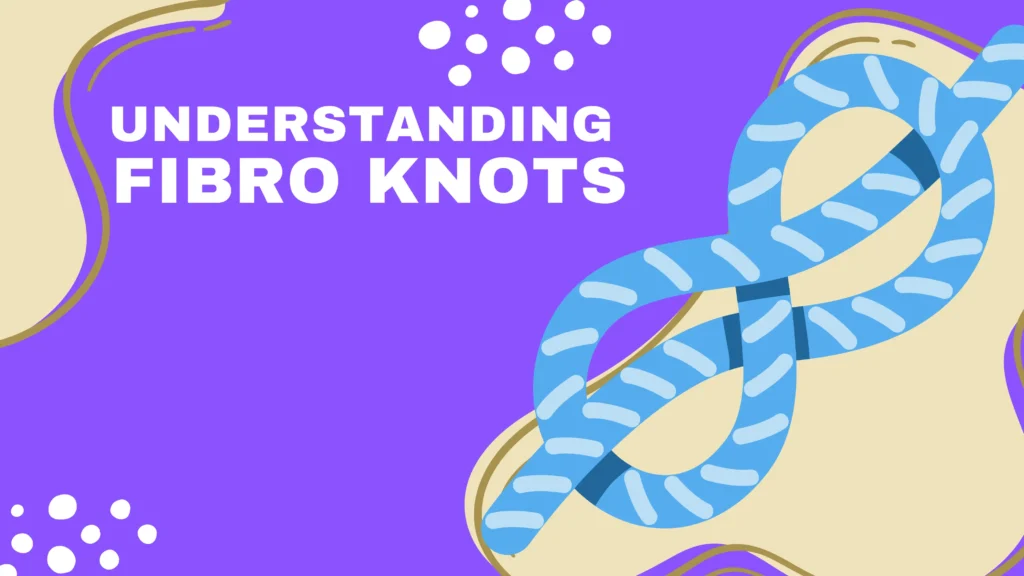
1. What are Fibro Knots?
Fibro knots, also known as myofascial trigger points, are defined as localized areas of tight bands or nodules in muscle tissue. These knots are formed due to the contraction of muscle fibers and the accumulation of waste products such as lactic acid. Fibro knots are commonly associated with muscle tension, pain, and restricted range of motion [1].
2. Causes of Fibro Knots
Fibro knots can develop due to various factors, including:
- Muscle injuries or trauma
- Overuse or repetitive strain
- Poor posture
- Stress and emotional tension
- Nutritional deficiencies
3. Symptoms of Fibro Knots
Common symptoms of fibro knots include:
- Tender nodules or knots in the muscle tissue
- Localized pain that may radiate to other areas
- Limited flexibility and reduced range of motion
- Muscle stiffness and tightness
II. The Link Between Fibro Knots and Cellulite

1. What is Cellulite?
Cellulite refers to the dimpled appearance of the skin caused by the underlying fat deposits pushing through connective tissue. While the exact mechanisms of cellulite formation are not fully understood, it is believed to be influenced by factors like genetics, hormonal changes, poor circulation, and lifestyle choices.
2. How Fibro Knots Contribute to Cellulite
Research suggests that fibro knots may play a role in the development and severity of cellulite. The presence of fibro knots in the affected muscles can lead to increased tension and restricted blood flow. As a result, the connective tissues surrounding the fat cells may become less flexible, making it easier for fat deposits to protrude through and create the characteristic dimples associated with cellulite.
3. Identifying Fibro Knots in Cellulite Areas
Professionals who specialize in treating fibro knots, such as massage therapists or physical therapists, may be able to detect them in the areas affected by cellulite. By applying pressure and palpating the muscles, they can identify the tight bands and nodules associated with fibro knots. Targeting these knots through specific treatments may help alleviate muscle tension and potentially improve the appearance of cellulite.
III. Treating Fibro Knots and Cellulite
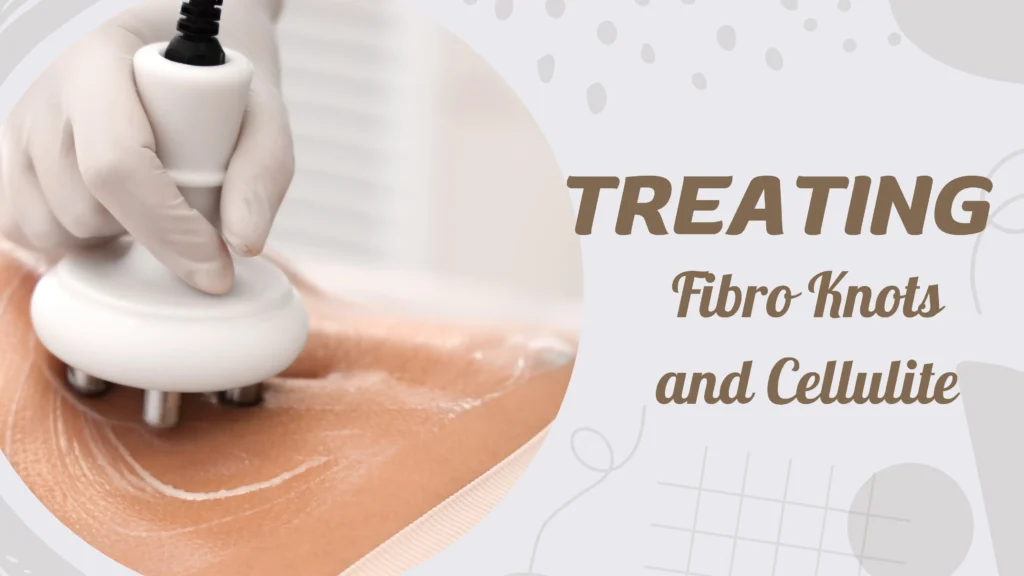
1. Managing Fibro Knots
To effectively manage fibro knots, considering the following approaches can be beneficial:
- Massage therapy: Professional massages targeting the knots can help relax the muscles and improve blood circulation.
- Stretching exercises: Regular stretching can help release muscle tension and increase flexibility.
- Heat therapy: Applying heat to the affected areas can help soothe tight muscles and reduce pain.
- Physical therapy: Seeking guidance from a physical therapist can address the root causes of fibro knots and provide personalized treatment plans.
2. Addressing Cellulite
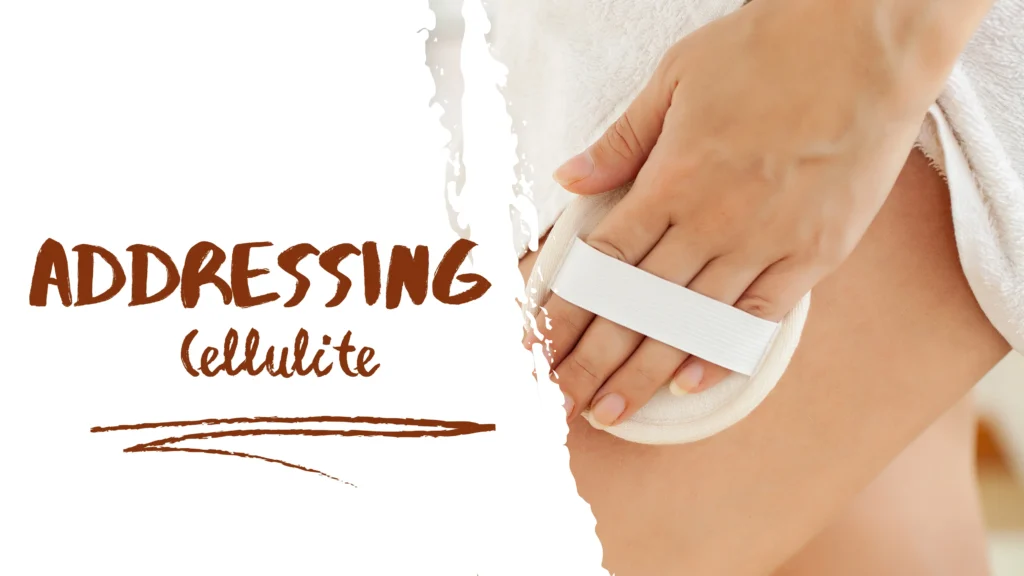
While cellulite cannot be completely eliminated, various treatments can help improve its appearance:
- Topical creams and lotions: These products can temporarily minimize the appearance of cellulite by tightening the skin or improving blood flow.
- Non-invasive procedures: Techniques like radiofrequency, laser therapy, or ultrasound can help stimulate collagen production and smooth the skin’s surface.
- Healthy lifestyle habits: Regular exercise, a balanced diet, and maintaining a healthy weight can contribute to overall skin health and potentially reduce the prominence of cellulite.
Conclusion
In conclusion, fibro knots and cellulite are interconnected through the influence of muscle tension and restricted blood flow. Fibro knots can contribute to the development and severity of cellulite, potentially exacerbating its appearance. Understanding the relationship between these two conditions can guide individuals towards effective management strategies. Seeking professional help and adopting a holistic approach that addresses both fibro knots and cellulite can lead to improved well-being and skin health.
FAQs
1. Can fibro knots actually worsen cellulite?
Yes, fibro knots can contribute to the intensity of cellulite due to increased tension and compromised blood flow in the affected muscle areas.
2. Are fibro knots painful?
Fibro knots can be tender and painful to the touch. They may also cause referred pain to other areas of the body.
3. Can diet and exercise alone eliminate cellulite?
While diet and exercise can contribute to overall skin health, they may not completely eliminate cellulite. However, they can help reduce its appearance to some extent.
4. How many sessions of massage therapy are needed for fibro knot release?
The number of massage therapy sessions required to release fibro knots can vary depending on the severity and individual response. It is best to consult with a professional therapist for personalized recommendations.
5. Which topical ingredients are effective in reducing cellulite?
Ingredients like caffeine, retinol, and aminophylline are commonly found in topical creams and lotions marketed to reduce the appearance of cellulite. However, results may vary, and individual sensitivities should be considered.
Reference
1) Etiology of Myofascial Trigger Points. (2012). Etiology of Myofascial Trigger Points, 16(5): 439-444. https://doi.org/10.1007/s11916-012-0289-4

